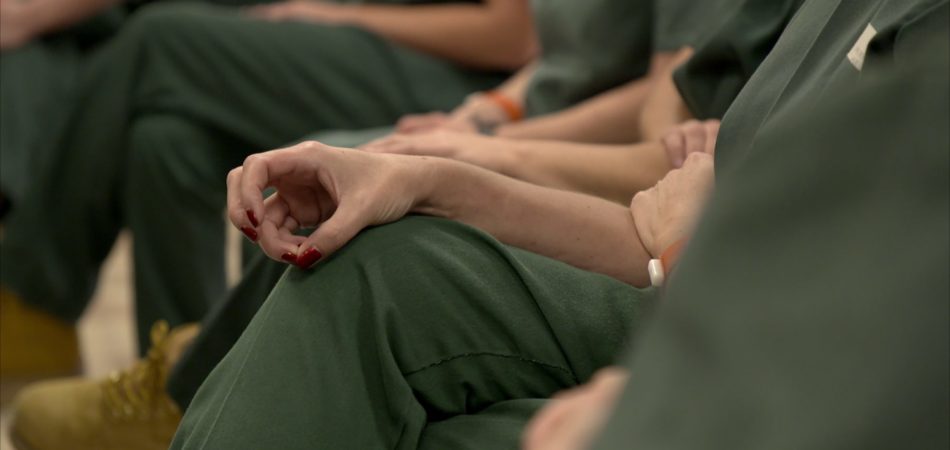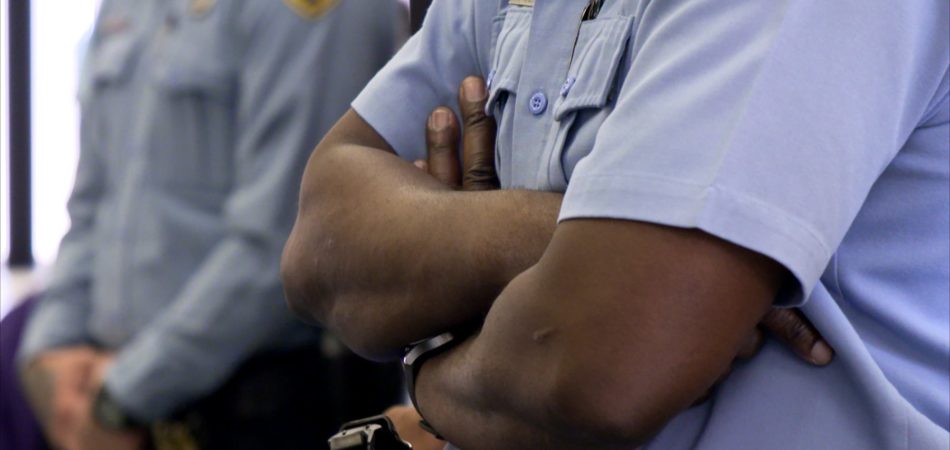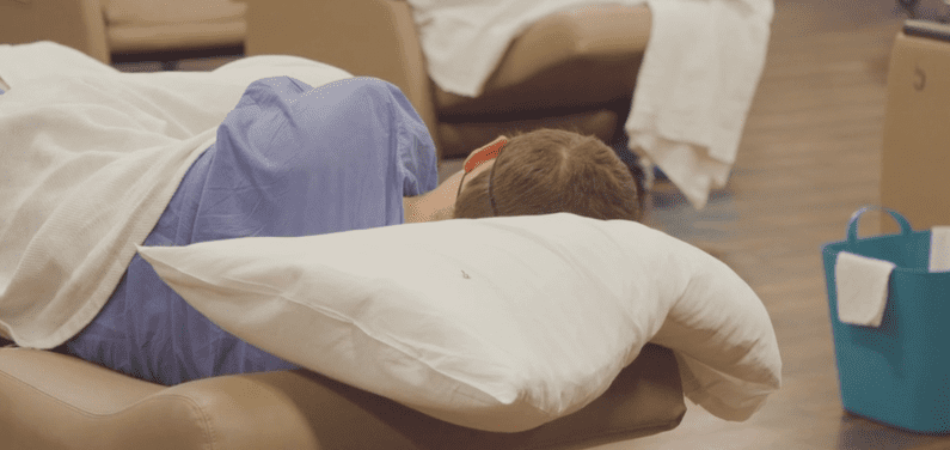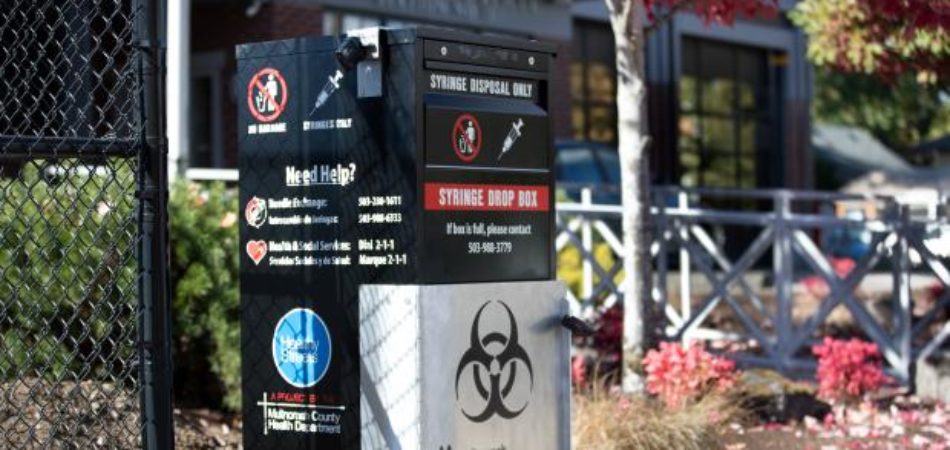Involuntary Treatment for Patients in the Justice System: Q&A with Dr. Marvin Swartz
The Council of State Governments (CSG) Justice Center, the American Psychiatric Association Foundation, and the National Center for State Courts have partnered to highlight leaders working to address mental health needs among people in the criminal justice system through innovative practices and programs. This feature is the fifth in a series under the Judges and Psychiatrists Leadership Initiative (JPLI).
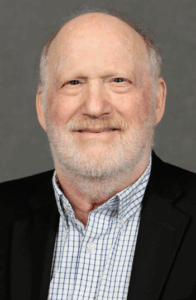
Dr. Marvin Swartz
Dr. Marvin Swartz is a professor at the Duke University School of Medicine and a faculty member at the Wilson Center for Science and Justice Duke University School of Law. He also serves as director of the Duke Area Health Education Center Program and director of the National Resource Center on Psychiatric Advance Directives. Dr. Swartz has been extensively involved in research around topics such as psychiatric advance directives, mental health services for people with severe mental illness, mandated community treatment, and outpatient commitment. He is also developing a web-based facilitation tool, in collaboration with Dr. Jeffrey Swanson, for completing psychiatric advance directives and was a member of the John D. and Catherine T. MacArthur Foundation Research Network on Mandated Community Treatment.
This May, Psychiatry Online published an article he co-wrote, titled “Clinical and Social Functioning Outcomes of Assisted Outpatient Treatment: Results From a Multisite Evaluation.” Following its publication, the CSG Justice Center interviewed Dr. Swartz to learn more about his work and what he thinks judges and psychiatrists need to know most about involuntary treatment and the justice system.
Editor’s note: Answers have been edited for length and clarity.
You’ve studied psychiatry and behavioral health sciences for decades. What brought you into doing work related to assisted outpatient treatment (AOT)?
I got interested in AOT because I saw so many patients in my clinical work across different settings relapse due to treatment nonadherence and wondered if carefully implemented AOT programs might reduce relapse, rehospitalization, and/or incarceration. As a result, I worked with colleagues and clinics to design a randomized controlled trial to test whether it could be effective. I have been very fortunate to be able to be a sustained part of studies of AOT and related studies.
Based on your research, both in this article and throughout your career, what do you want judges to know most about AOT? Are there common misunderstandings that you would want to correct?
A lot of the focus on AOT has been arguments about the evidence of its effectiveness in decreasing hospitalizations, arrests, and violent incidents, while increasing treatment adherence and quality of life. The problem with that focus is that AOT is not like a medication or medical procedure that is effective or not. Rather AOT is a complex community intervention that can be effective or not depending on how it is implemented. The question about its effectiveness is better phrased as: for whom and under what conditions can AOT be effective?
In 2020, the American Psychiatric Association (APA) adopted a Position Statement on Involuntary Outpatient Commitment and Related Programs of Assisted Outpatient Treatment, which notes that “Involuntary outpatient commitment programs have demonstrated their effectiveness when systematically implemented, linked to intensive outpatient services and prescribed for extended periods of time…[they]can be a useful tool in the effort to treat patients with severe mental illness with clinical histories of relapse and re-hospitalization.” (Editors’ note: The APA Statement includes additional specifics about key elements and weighing both patient autonomy and health needs).
In terms of the “for whom,” AOT programs will likely be most successful when they focus on people with severe mental illness with conditions like schizophrenia, bipolar disorder, and recurrent major depression, including those with co-occurring substance use disorders. However, there is little evidence that AOT can be effective when the primary diagnosis is a personality disorder.
Judges should also know that while many AOT programs emphasize an “active court model” that resembles a problem-solving court, some of the highest functioning AOT programs do not focus on frequent check-ins. Instead, they only involve the courts if there is problematic patient nonadherence. Judges should understand that the ‘active court model’ is hard to sustain financially because these hearings are often not reimbursable as a billable service.
What advice do you have for early career psychiatrists thinking about pursuing careers in research focused on patient outcomes related to involuntary treatment and the justice system?
It is important to recognize that involuntary treatment, in particular, is a controversial topic and requires care in approach so as not to alienate stakeholders who might otherwise be vehemently opposed to any form of coercion in treatment. So, if you’re interested in this work, you should take time to understand and study the different perspectives.
Also, working with this population can be pretty isolating, so it is important to seek out a set of peers for discussion and support. This is particularly the case when working with people who have serious mental illness, who are often subjected to stigma both in correctional settings and upon release. I’d advise anyone contemplating this work to tap into professional associations for people working with patients who are incarcerated (and I’m happy to help!).
ABOUT THE AUTHOR
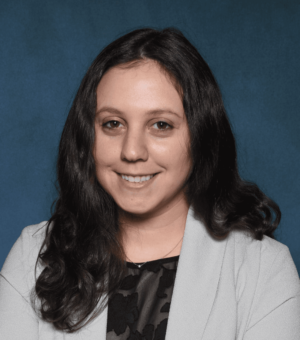
The Judge Stephen S. Goss Memorial Award for Leadership has expanded to include Lifetime Achievement Awards and, in…
Read More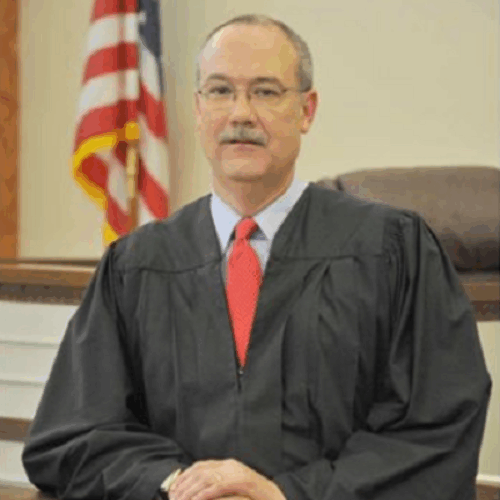 2025 Nominations Now Open for Judges and Psychiatrists Improving Lives and Behavioral Health
2025 Nominations Now Open for Judges and Psychiatrists Improving Lives and Behavioral Health
The Judge Stephen S. Goss Memorial Award for Leadership has expanded to…
Read More